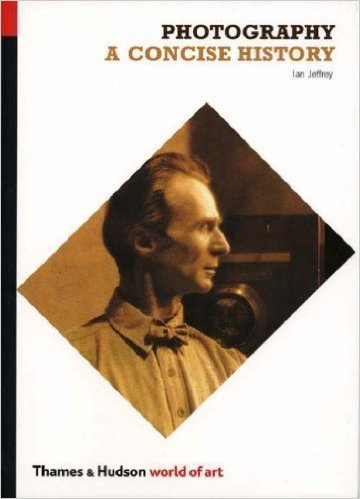
John Berger, About Looking (1980) London: Bloomsbury. ISBN: 978-0-7475-9957-9
Among my pile of books yet to read as part of my studies I had ‘About Looking’ by John Berger. I have only recently been introduced to this author through my Context and Narrative Course, I read his book ‘Ways of Seeing’ and watched the accompanying BBC TV program on YouTube which I found very interesting. I then went onto read ‘Understanding a Photograph’, in preparation for my fourth assignment. The recent sad news of John Berger’s death prompted me to read this book, ‘About Looking’.
This book is made up of a selection of essays, Berger wrote from the mid 1960’s up to the late 1970’s.
His first essay examines how man looks and sees himself; how he regards animals and his world around him and compares this to how other animals regards themselves, man and the world through their eyes.
His next essay looks at pictures by August Sander the famous farm hands going to a dance photo, Young Farmers (1914) and another image of a local musical band posing for their photograph and he discusses how their suits give away their status in society despite their smart attire.
Also included is an essay on the works of Paul Strand. The rest of the book moves away from photography and looks at works by other artists from the 17th century such as Hals through to Artist’s such as Francis Bacon and Giacometti of the 20th century.
An interesting read, Berger had his own style of writing and if you have heard him speak you can almost hear his voice coming through the pages of the book.
He was clearly very passionate about art and I am sure a nice guy to have met. I am sure all who were fortunate enough to have met him will miss him.











